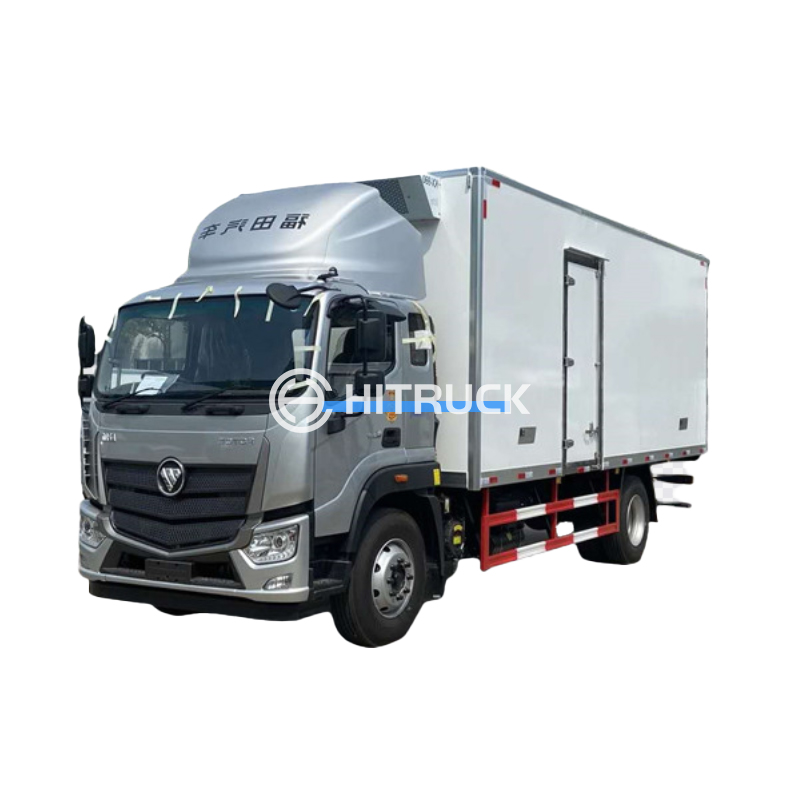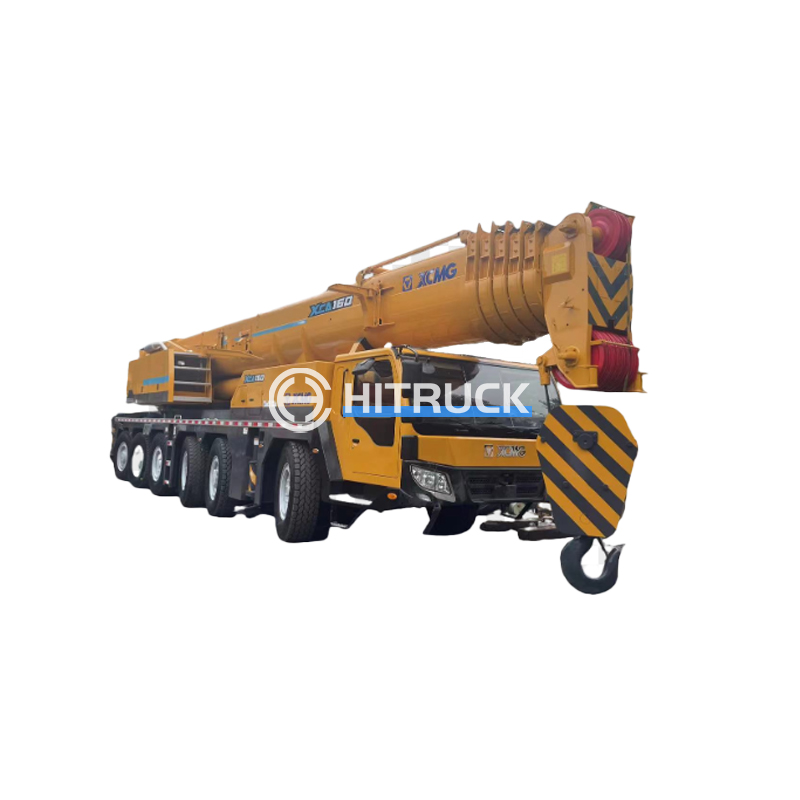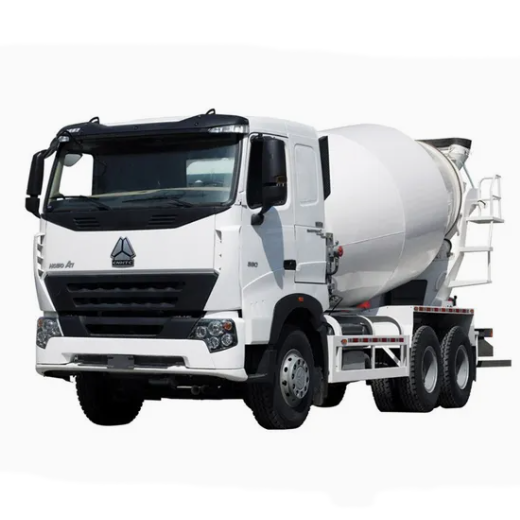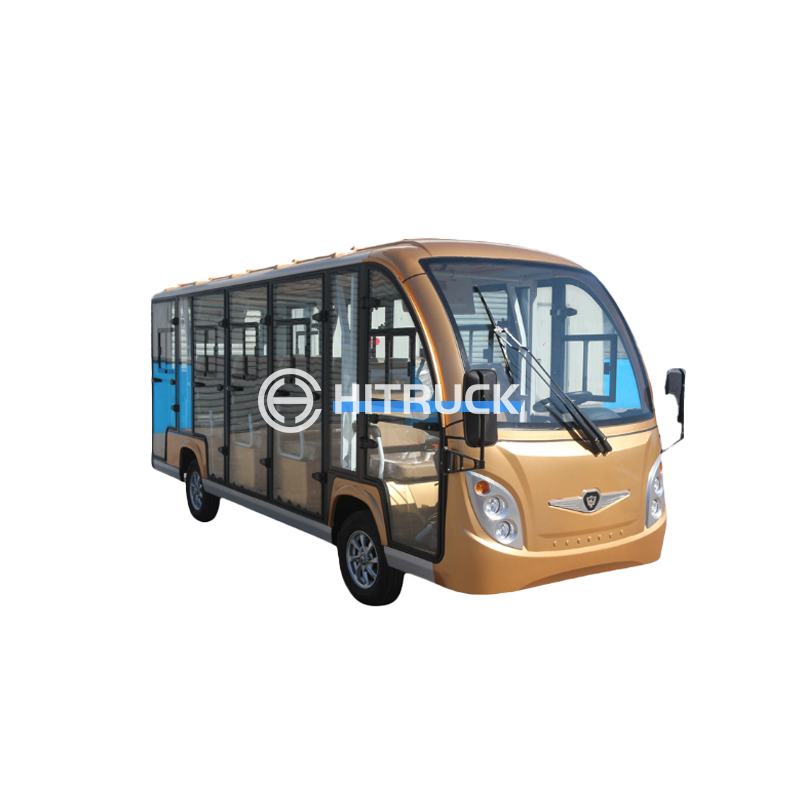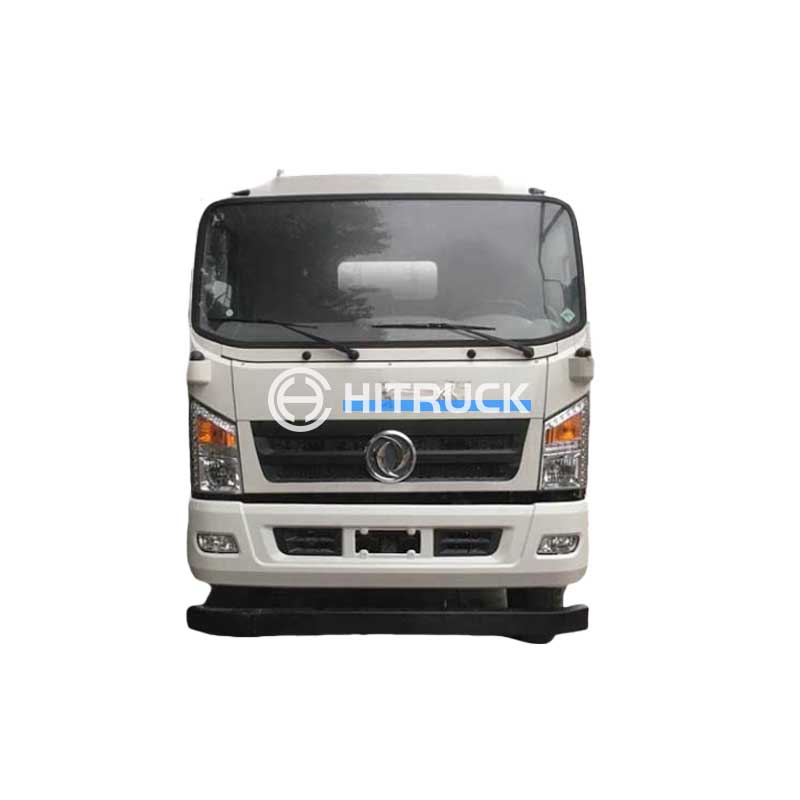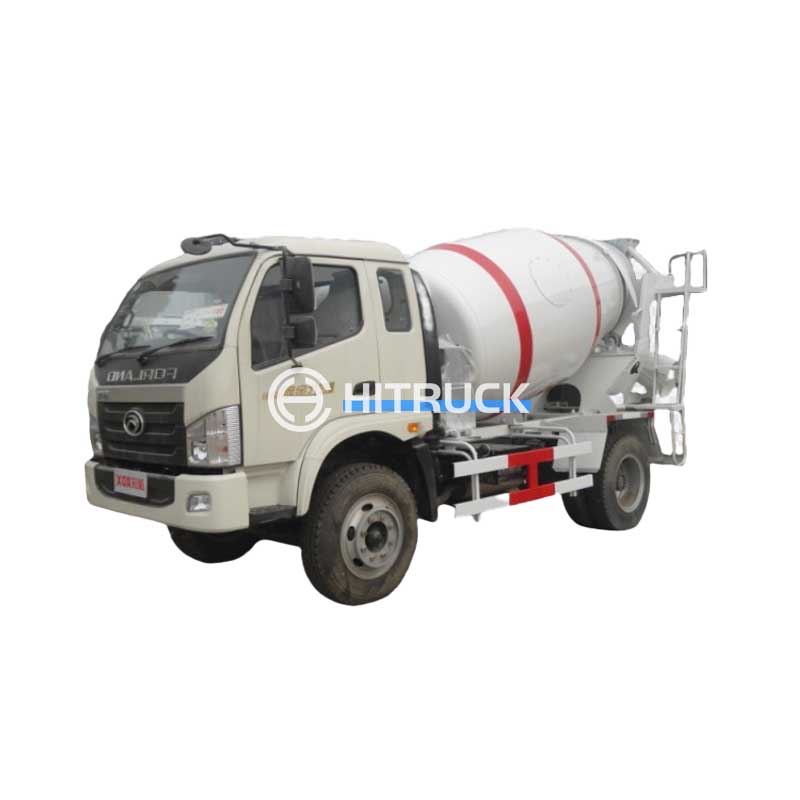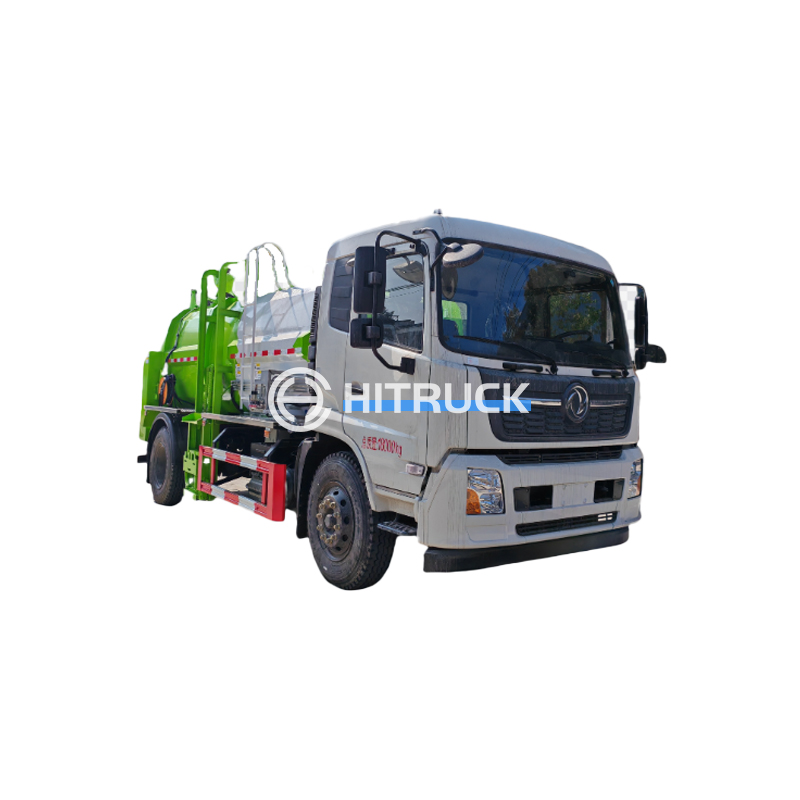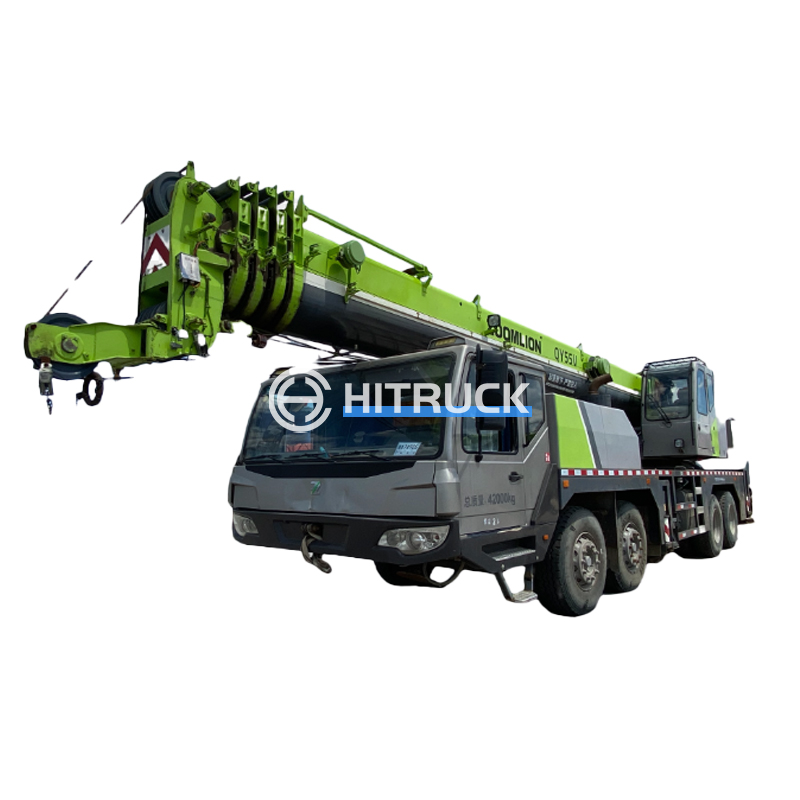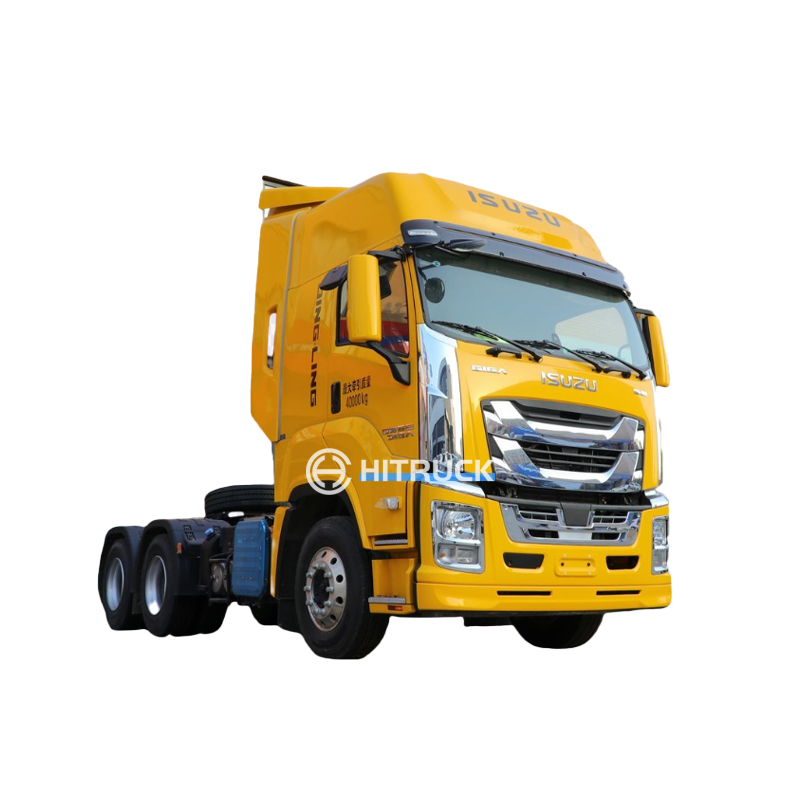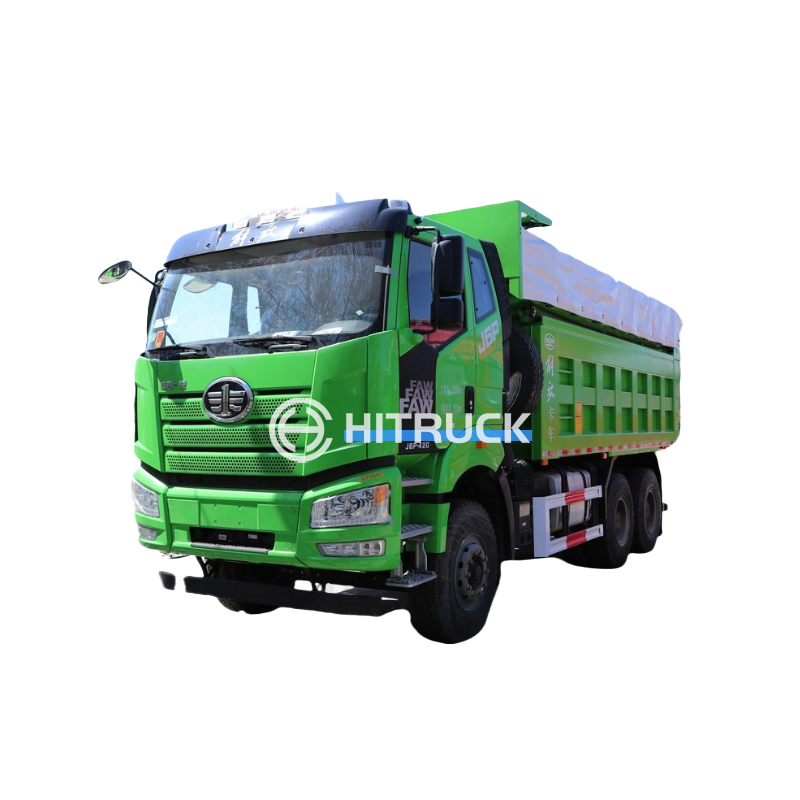This guide explores the crucial role of forest fire trucks in wildfire suppression, detailing their specialized features, operational considerations, and the latest advancements in this critical field. Learn about different types of forest fire trucks, their capabilities, and how they contribute to effective wildfire management. We'll cover everything from tank capacity and pump pressure to the importance of crew safety and environmental impact.
Forest fire trucks come in various sizes and configurations, with engine types ranging from powerful diesel engines to more fuel-efficient options. The choice of engine heavily influences the truck's power, maneuverability, and overall performance in challenging terrains. Larger trucks often feature more powerful engines capable of handling larger water tanks and high-pressure pumps. Engine power is directly related to the truck's ability to navigate steep inclines and rough terrain, crucial for reaching remote fire locations.
The size of the water tank is a critical factor in determining the operational duration of a forest fire truck before requiring a refill. Larger tanks allow for extended firefighting operations, reducing the time spent on refilling and potentially saving precious time during a wildfire. Pump pressure is equally important, as it determines the reach and effectiveness of the water stream. High-pressure pumps are crucial for effectively suppressing flames at a distance, particularly in situations where close approach is hazardous.
Beyond the basic components, forest fire trucks are often equipped with specialized tools and features designed for wildfire suppression. These can include foam systems for enhanced fire control, water cannons for long-range suppression, and various tools for accessing and clearing firebreaks. The availability of such features significantly impacts the truck's effectiveness and versatility in tackling different types of wildfires.
The safety of the firefighting crew is paramount. Forest fire trucks are designed with safety features such as reinforced cabs, roll cages, and fire-resistant materials. Rigorous training is essential for operators and crew members to safely and effectively operate the truck and its equipment during a wildfire.
Modern forest fire trucks are increasingly designed with environmental considerations in mind. This includes the use of more fuel-efficient engines and the adoption of environmentally friendly firefighting agents. Minimizing the ecological footprint during wildfire suppression is a crucial aspect of modern firefighting strategies.
The field of wildfire suppression is constantly evolving, with technological advancements driving improvements in forest fire trucks. These advancements include improved navigation systems, enhanced communication technologies, and the integration of real-time data for better decision-making during emergencies. For example, some trucks now incorporate GPS tracking, allowing for better coordination and resource allocation among firefighting teams.
Selecting the appropriate forest fire truck depends on various factors, including the specific needs of the fire department, the terrain, and the types of wildfires typically encountered. Careful consideration should be given to tank capacity, pump pressure, specialized equipment, and engine type to ensure optimal performance and safety.
For a wide selection of high-quality trucks and equipment, consider exploring the options available at Suizhou Haicang Automobile sales Co., LTD. They offer a diverse range of vehicles and equipment designed to meet the specific demands of various applications, including firefighting.
| Feature | Small Forest Fire Truck | Large Forest Fire Truck |
|---|---|---|
| Water Tank Capacity | 500-1000 gallons | gallons |
| Pump Pressure | PSI | PSI |
| Engine Type | Diesel | High-output Diesel |
Note: Specifications can vary depending on the manufacturer and model. Consult manufacturer specifications for precise details.

